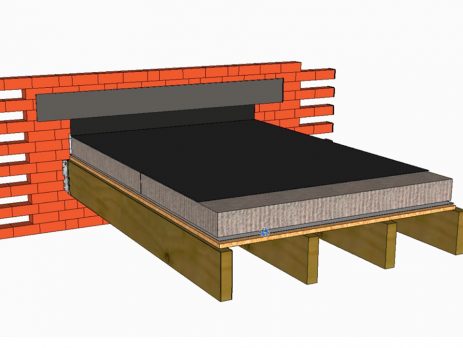Steven Dickinson2022-12-13T10:33:52+00:00Needs stripping and starting again, which adds to the new roof cost!
New roof cost and how to keep the cost down.
This is one of those things where the more you know, the worse it gets as you start to understand the complexity of what you’re about to do and the new roof cost and what’s involved in doing it properly!
As a roofing surveyor, I’m constantly attending people’s houses after they have paid lots of money for new roofs, but I then have to tell them that everything is wrong and they need to completely replace the roof at some point, probably sooner rather than later.
It’s mainly new loft conversions and extensions, as the trend at the moment (2022) is to get the builder to do all the work, including the new roof work. Even if a roofer is brought in to do the roof and finish the project, they will be working with the mistakes that have probably already been made. These mistakes normally start way back in the project, even as far back as the drawing stage.
Generally speaking,
On small projects like extensions and loft conversions (small doesn’t mean low cost, I’m talking £50K, £100K even £200K projects), even if the people doing [...]
